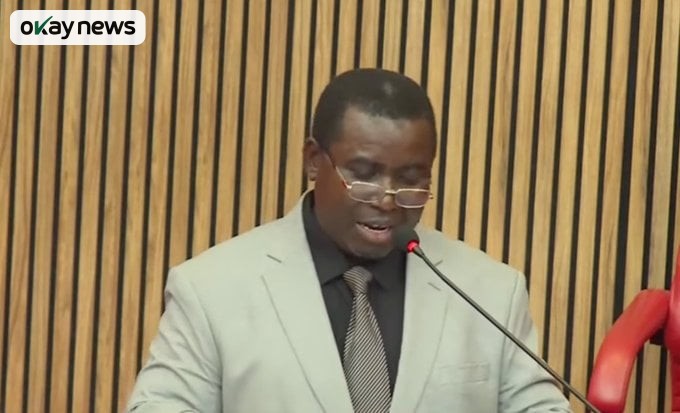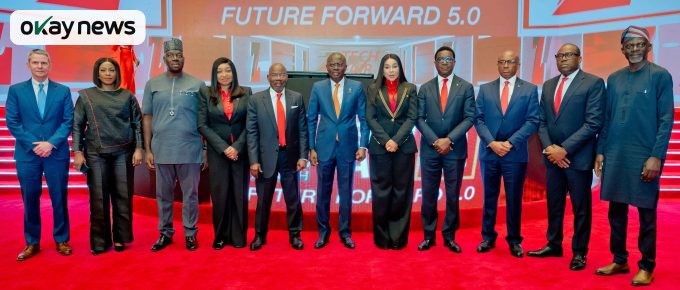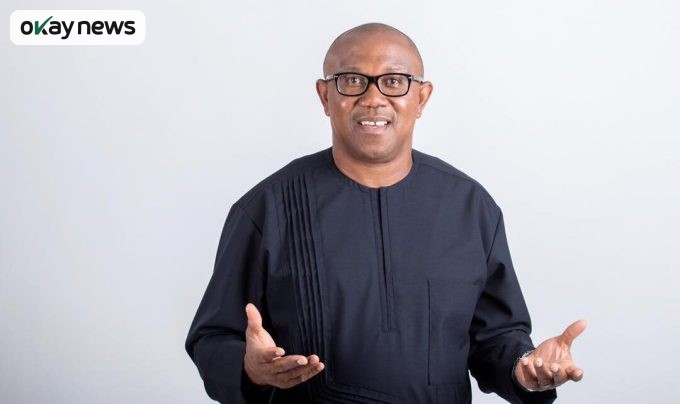The Independent National Electoral Commission (INEC) Chairman, Professor Joash Amupitan, Senior Advocate of Nigeria, has declared that the introduction of the Bimodal Voter Accreditation System (BVAS) has effectively ended the problem of identity fraud and multiple voting in Nigeria’s elections.
Speaking at the 2025 Digital Nigeria International Conference and Exhibitions held in Abuja, an event organised by the National Information Technology Development Agency, Amupitan was represented by INEC National Commissioner, May Agbamuche-Mbu. He stated that BVAS has transformed Nigeria’s electoral process by ensuring that only eligible voters are accredited at polling units.
According to a statement released by INEC’s Chief Press Secretary, Dayo Oketola, Amupitan described BVAS as a “foolproof mechanism” that serves as the frontline defense against identity fraud. He noted, “The BVAS device has become our frontline defence against identity fraud, ensuring that only the rightful, eligible voter can be accredited at the polling unit. With the biometric safeguards now in place, voter impersonation has been effectively eliminated from our electoral system.”
Okay News reports that the INEC Chairman reinforced his remarks with concrete data from the recent Anambra Governorship election. A total of 6,879 BVAS devices deployed for the polls achieved “highly commendable performance,” with over 99 percent of polling unit results uploaded to the INEC Result Viewing portal on election day. He added, “These outcomes confirm that the deployment of BVAS and IReV is no longer experimental but an entrenched part of Nigeria’s electoral architecture. The figure announced at the polling units is the same figure visible to the public. Technology has safeguarded the vote.”
Amupitan further highlighted that previous electoral technologies lacked legal backing, leaving the commission vulnerable in election tribunals. This changed with the passage of the Electoral Act 2022, particularly Section 47(2), which provided statutory recognition for digital tools. “This legislative foundation ensures that our digital tools have both operational and legal legitimacy. It has strengthened public trust and enabled the commission to innovate with confidence,” he explained.
While acknowledging progress, Amupitan noted ongoing challenges, particularly network connectivity across Nigeria’s 176,846 polling units, including remote areas such as swamps and mountains. He emphasized that real-time uploads remain a logistical hurdle but reaffirmed the commission’s commitment to enhancing technology partnerships with service providers.
“The gains we have recorded are too significant to reverse,” he stated, sending a clear message to the political class that INEC will not return to manual election procedures vulnerable to human interference. He concluded, “Our mission is simple. To ensure that every eligible voter is accurately verified, every vote is properly counted, and every result is transparently shared. Technology has helped us secure these foundations of democracy.”
Since the Electoral Act 2022, BVAS and the INEC Result Viewing system (IReV) have become integral components of Nigeria’s electoral framework, ensuring transparency, credibility, and public confidence in the voting process.












